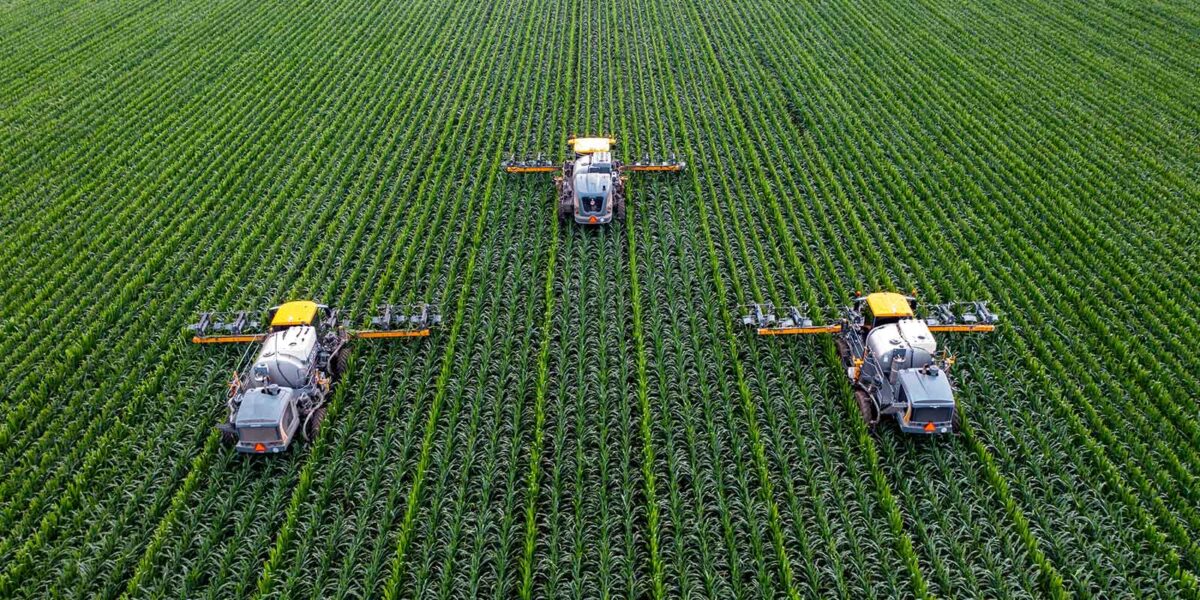- Scientists discovered that the massive Ross Ice Shelf, which is nearly the size of France, shifts a few centimetres every day.
- This occurs as a result of the Whillans Ice Stream, a fast-moving river of ice that occasionally becomes stopped before rapidly pushing onward.
About the Ross Ice Shelf.
- Ross Ice Shelf is the biggest ice shelf in Antarctica, nearly the size of France.
- It was found by Sir James Clark Ross on January 28, 1841.
- The shelf covers around 500,809 square kilometres, which is comparable to France or Canada’s Yukon Territory.
- It’s many hundred metres thick. The ice on the shelf’s southern portions, near the True South Pole, can be up to 750 metres thick.
- The virtually vertical ice front to the open sea is around 600 km long and rises 15 to 50 metres above the water’s surface. However, 90% of the floating ice lies below the water’s surface.
- It is largely supplied by massive glaciers, or ice streams, which move ice from the high polar ice sheets of East and West Antarctica.
- New Zealand claims the Ross Dependency, which includes the majority of the Ross Ice Shelf.
- It floats in and covers a considerable area of the Ross Sea’s southern end, as well as Roosevelt Island to the east.
Spotlight: Icequakes on Ross Ice Shelf
- Ice Stream Influence: While most glaciers flow slowly, the Whillans Ice Stream abruptly stops and restarts. This might happen because there isn’t enough water underneath to keep it moving smoothly.
- Sudden motions: These motions, which resemble miniature earthquakes, press against the Ross Ice Shelf.
- Threat to Stability: Although these daily fluctuations are not driven by people, they may weaken the Ross Ice Shelf over time. Ice shelves impede the movement of ice into the ocean.
- Glacier retreat: If the Ross Ice Shelf weakens or breaches, melting may accelerate as sea levels rise.
Source: https://in.mashable.com/science/73681/scientists-warn-of-icequakes-after-massive-antarctica-ice-sheet-makes-daily-jumps









